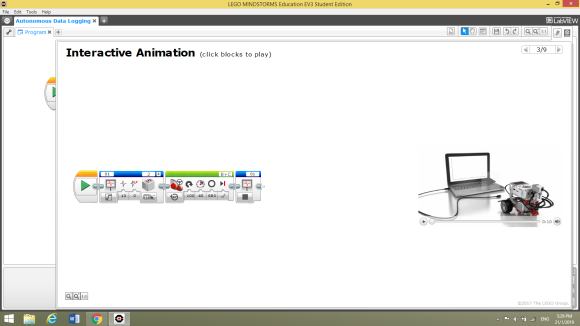What is Industry 4.0?
- MBSSKL Robotics Club Forum Moderator
- Mar 28, 2019
- 2 min read

Note: Industry 4.0 and the Fourth Industrial Revolution are not the same thing and are only used interchangeably in this article for the sake of simplicity.
After watching the video above, you might come to the conclusion that Industry 4.0 is at its current stages merely conceptual. In certain sectors, Industry 4.0 is merely conceptual. For example, it is highly unlikely that you would walk into a tailor’s today and find that it is any much different from a tailor’s 50 years ago. Yet in many ways, the supply chain which supplies cloth to the tailor has changed tremendously.
For example, the delivery of the raw material of cloth is no longer done by human labour alone. Imagine cloth transported by donkey alone, the amount of cloth transported would be relatively low compared to transporting cloth by lorries.
In layman’s terms, Industrial Revolution 4.0 will lead to more efficient technologies due to data sharing, connectivity and analysis.
The 9 technology drives/pillars under Industrial Revolution 4.0 are:
Autonomous Robots
Big Data Analytics
Cloud Computing
Internet of Things (IoT)
Additive Manufacturing (3D Printing)
System Integration
Cyber security
Augmented Reality
Simulation.
There are a lot of technical terms out there, yet the basic skills that be attained from any robotics course is a greater understanding of building autonomous robots and the capability to analyse the data gathered. The often underappreciated Data Logging software provided under the LEGO Mindstorms Education EV3 Programming software should provide students with a preliminary look at what possibilities the collection and sharing of data can entail.

One key feature of IoT and Big Data Analytics is the usage of various sensors which may be used to predict failures in manufacturing equipment. However, at secondary school level it would not be far-fetched for a student to use an ultrasonic sensor to prevent a robot from crashing into a wall. Hence, it is vital that one understands the data one collects and its purpose, rather than merely collecting vast amounts of data with no feasible manner of application.
To conclude, robotics is at the forefront of the Fourth Industrial Revolution and the promotion of STEM skills through robotics will undoubtedly enable students to gain basic analytical skills essential for a changing world.
Further reading:




Comments